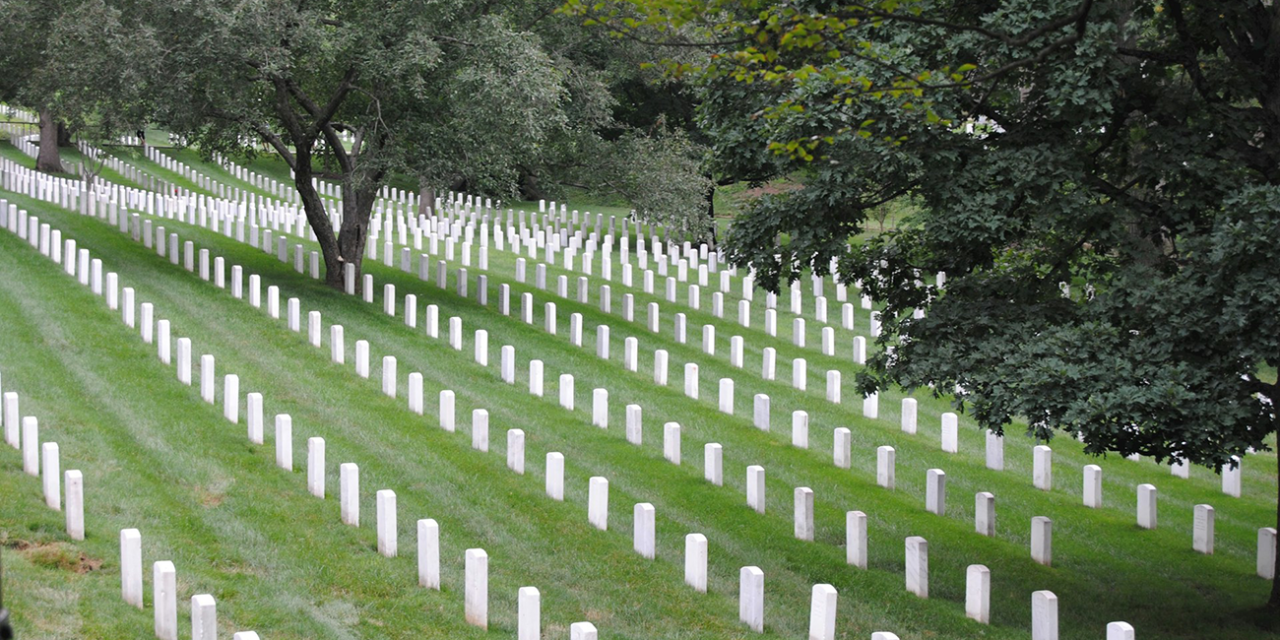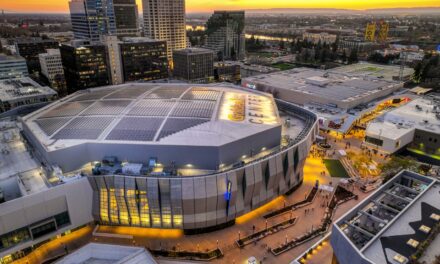The state of Virginia has a storied past that dates back to the early 17th century.
Virginia has played a significant part in shaping the United States, from its indigenous roots and colonial foundations to its role in the American Revolution and Civil War.
Below, we explore the fascinating history of Virginia, covering its foundation, key historical events, and notable landmarks.
Table of Contents
Early History
Indigenous Inhabitants and European Exploration
Before European settlers arrived, Virginia was home to various Native American tribes, including the Powhatan Confederacy.
- These tribes had established societies with rich cultures, agriculture, and trade networks.
- Europeans first explored the area in the late 16th century, with notable explorers such as John Smith and the English settlers who established Jamestown in 1607.
The indigenous peoples and early European explorers laid the groundwork for future settlements.
Colonial Period
Virginia’s colonial history began in earnest with the establishment of Jamestown in 1607.
- This was the first permanent English settlement in North America.
- The colony’s economy was initially based on the export of tobacco, which became a highly profitable crop.
Virginia’s early economy and growth were driven by agriculture and trade.
Growth and Development
The colony grew steadily, attracting settlers with its promise of land and opportunity.
- By the mid-18th century, Virginia had become one of the largest and most influential of the American colonies.
- The colony’s population included many enslaved Africans who worked on plantations.
By the late 18th century, Virginia was a thriving colony with a diverse population and economy.
18th Century and the American Revolution
Pre-Revolutionary Period
Virginia played a crucial role in the lead-up to the American Revolution.
- The colony was a center of revolutionary activity, with leaders like Patrick Henry and Thomas Jefferson advocating for independence.
- Significant events included Patrick Henry’s 1775 speech, “Give me liberty, or give me death!”
Virginia’s leaders and citizens were instrumental in the revolutionary cause.
Revolutionary War
During the American Revolution, Virginia contributed significantly to the Patriot cause.
- The state provided soldiers, resources, and strategic support for the Continental Army.
- The Siege of Yorktown in 1781, which took place in Virginia, was a decisive victory that effectively ended the war.
Virginia’s contributions were crucial to the overall success of the American Revolution.
19th Century Development
Post-Revolution and Antebellum Period
The early 19th century saw significant political and economic changes in Virginia.
- The state played a major part in developing the new nation, with four of the first five U.S. presidents being Virginians.
- Virginia’s economy continued to be based on agriculture, particularly tobacco, and cotton and was supported by enslaved labor.
The state’s growing plantation economy was heavily dependent on enslaved labor.
Civil War and Reconstruction
Virginia as a state had a big part in the Civil War as one of the Confederate states.
- Richmond was the capital of the Confederacy.
- Major battles, such as the Battle of Bull Run and the Siege of Petersburg, took place in Virginia.
Reconstruction brought significant social and political changes, including the abolition of slavery and efforts to rebuild the state’s economy.
20th Century and Modern Era
Economic Shifts and Cultural Developments
The 20th century it brought economic changes and cultural developments to Virginia.
- The decline of traditional agriculture led to diversification into manufacturing, defense, and technology sectors.
- Northern Virginia became a significant suburban area for Washington, D.C., with a strong economy based on government and technology sectors.
The state’s cultural institutions, including museums, theaters, and music venues, reflect its rich heritage.
Civil Rights Movement
Virginia was also a significant battleground in the Civil Rights Movement.
- The state saw significant activism, including integrating public schools following the Brown v. Board of Education decision.
- Leaders such as Oliver Hill and the Virginia NAACP were instrumental in advancing civil rights.
The movement brought about profound social changes and advancements in civil rights for African Americans.
Notable Landmarks
Colonial Williamsburg
Colonial Williamsburg is a well-known living history museum that recreates life in 18th-century Virginia.
- The site includes restored buildings, costumed interpreters, and educational programs.
- It provides a glimpse into colonial life and the early history of the United States.
Colonial Williamsburg is a key landmark in understanding Virginia’s colonial heritage.
Monticello
Monticello, the home of the famed Thomas Jefferson, is a UNESCO World Heritage site.
- The estate includes Jefferson’s mansion, gardens, and plantation.
- It offers insights into Jefferson’s life, his contributions to the founding of the United States, and the complexities of slavery.
Monticello is a significant symbol of Virginia’s historical and cultural legacy.
Shenandoah National Park
Shenandoah National Park is known for its scenic beauty and the Skyline Drive.
- The park offers hiking, camping, and breathtaking views of the Blue Ridge Mountains.
- It is a choice spot and popular destination for outdoor enthusiasts to visit as well as and nature lovers.
Shenandoah National Park highlights Virginia’s natural beauty and commitment to environmental conservation.
The Pentagon
Located in Arlington, The Pentagon is where the United States Department of Defense is headquartered.
- It is one of the world’s most significant office buildings and a symbol of American military power.
- The Pentagon offers tours that provide insights into its history and operations.
The Pentagon is a key landmark in understanding Virginia’s role in national defense.
Governance
State Government
Virginia operates under a constitution adopted in 1971.
- The state government consists of the Executive, Legislative, and Judicial branches.
- The governor, currently Glenn Youngkin, serves as the head of the executive branch.
The state government works to address the needs of its diverse population and manage its resources effectively.
Local Government
Virginia’s local government structure includes counties, cities, and special districts.
- Each level of government has specific responsibilities for services such as education, public safety, and infrastructure.
- Local governance ensures that the diverse needs of Virginia’s communities are met.
Effective local governance contributes to the overall well-being of the state’s residents.
Demographics and Growth
Population
As of the 2022 census estimates, Virginia’s population was approximately 8.68 million. The state’s demographic makeup reflects its history of immigration and cultural diversity.
Diverse demographics and steady growth reflect Virginia’s appeal as a place to live and work.
Education and Economy
Virginia is home to some of the nation’s top educational institutions, including the University of Virginia, the well known Virginia Tech, and the College of William & Mary.
- The state’s economy has diversified into healthcare, education, technology, and defense sectors.
- Northern Virginia, in particular, has become a technology and government contracting hub.
These factors contribute to the state’s economic resilience and cultural vibrancy.
State of Virginia Q&A
Q: When was Virginia founded?
A: Virginia was founded as a colony in 1607 with the establishment of Jamestown. It was the first permanent English settlement in North America.
Q: Who were the original inhabitants of Virginia?
A: The original inhabitants of Virginia were various Native American tribes, including the Powhatan Confederacy. These tribes had established societies with rich cultures, agriculture, and trade networks before the arrival of European settlers.
Q: What role did Virginia play in the American Revolution?
A: Virginia was central in the American Revolution, providing leaders, soldiers, and strategic support. Notable events include Patrick Henry’s famous speech and the Siege of Yorktown.
Q: How did Virginia’s economy evolve in the 19th century?
A: The 19th century saw Virginia’s economy dominated by agriculture, particularly tobacco, and cotton, supported by enslaved labor. The state was a significant player in the Civil War as a Confederate state.
Q: What significant changes occurred in Virginia post-World War II?
A: Post-World War II, Virginia saw economic shifts with the decline of traditional agriculture in place and the rise of manufacturing, defense, and technology sectors. Northern Virginia became a central suburban area for Washington, D.C.
Q: What are some notable historical landmarks in Virginia?
A: Notable landmarks include Colonial Williamsburg, Monticello, Shenandoah National Park, and The Pentagon. These sites highlight the state’s historical and cultural significance.
Q: How is Virginia governed?
A: Virginia operates under a constitution adopted in 1971, with an Executive, Legislative, and Judicial branch. The governor serves as the head and leader of the executive branch, and counties, cities, and special districts manage local governance.
Q: What is the current population of Virginia?
A: As of the 2022 census estimates, Virginia’s population was approximately 8.68 million. The state continues to attract residents with its diverse culture, educational opportunities, and economic resilience.
Virginia’s dynamic history and commitment to preserving its natural and cultural heritage make it a unique and vibrant state.
By maintaining its historical landmarks and fostering growth in new industries, Virginia continues to honor its past while looking forward to a prosperous future.





